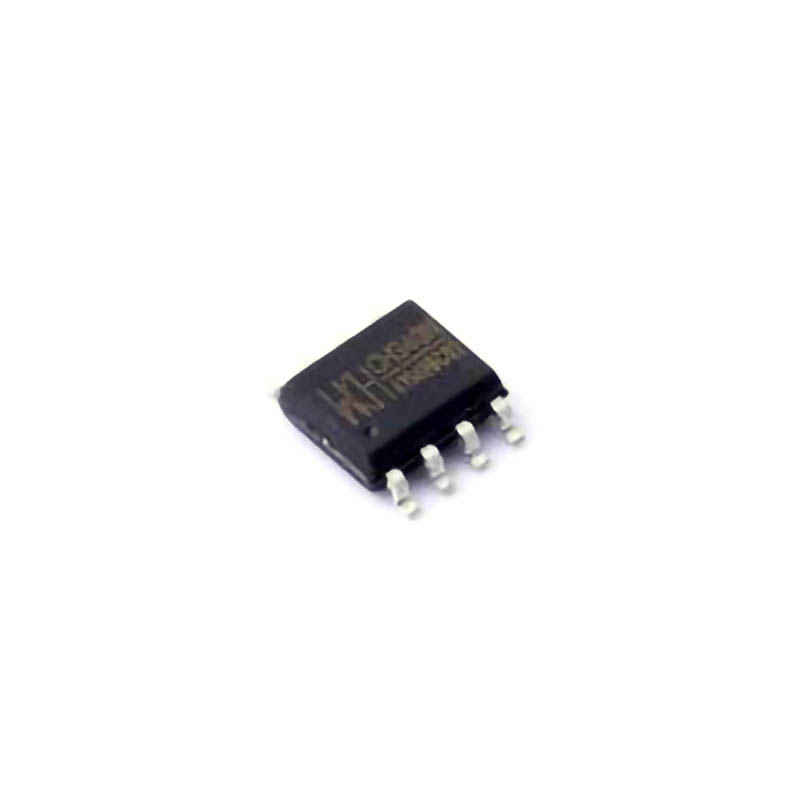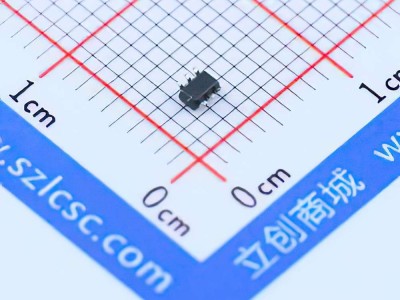
Common Issues with CH340N and How to Troubleshoot Them
The CH340N is a popular USB-to-UART bridge chip, often used in a wide range of devices such as Arduino boards, USB-to-serial adapters, and other microcontroller-based systems. It provides a simple and cost-effective way to convert USB signals into serial signals (RS232, RS485, or TTL) and vice versa. However, despite its widespread use, users often encounter various issues when working with CH340N chips. This part of the article will delve into the most common problems and how to troubleshoot them.
1.1 Driver Installation Problems
One of the most common problems when using the CH340N chip is related to driver installation. The device may not be recognized properly by the operating system, leading to issues like "Unknown USB Device" or "Device not recognized."
Solution: The first step in troubleshooting is to check if the correct Drivers are installed. Most operating systems, such as Windows, macOS, and Linux, require specific Drivers for the CH340N to function correctly.
Windows: If the drivers are not automatically installed, download the latest version of the CH340N driver from the manufacturer's website or trusted third-party sources. After installation, restart the computer and check the Device Manager to ensure the CH340N is recognized as a serial device.
macOS: For macOS users, the installation process can sometimes be tricky due to security settings. Make sure to disable Gatekeeper temporarily, install the CH340N driver, and then reboot the machine. If the device still isn't recognized, try installing a different version of the driver.
Linux: On Linux-based systems, the CH340N driver is usually pre-included in the kernel. However, if the device isn’t recognized, make sure your system is up to date, or manually install the driver using terminal commands.
1.2 Incorrect Baud Rate or Communication Settings
Once the driver is installed, users may face communication issues such as garbled or incorrect data. This is often due to mismatched baud rates, data bits, parity, and stop bits.
Solution: The first step is to check the communication settings on both ends of the connection. Ensure that the baud rate, parity, data bits, and stop bits are set correctly on the CH340N and the device with which it is communicating (e.g., microcontroller, terminal program).
Baud Rate: This is one of the most crucial parameters, and it must be identical on both sides. A mismatch will result in unreadable data. If unsure about the baud rate, try using a standard value like 9600 or 115200 bps.
Parity and Stop Bits: These settings are also important for reliable communication. Double-check both the software (such as a terminal program) and hardware (such as a microcontroller's serial port) for consistency in these parameters.
1.3 No Data or Unstable Connection
Another frequent issue is when the device connected via the CH340N chip either doesn't transmit any data or has an unstable connection.
Solution: There are several potential reasons for this, including issues with the USB cable, Power supply, or the device's serial interface .
USB Cable: Try using a different USB cable. Poor-quality cables can lead to intermittent connections, which may cause data loss or an unstable connection.
Power Supply: Make sure the device that the CH340N chip is communicating with has a stable power supply. Some microcontrollers or peripherals might not function correctly without sufficient power.
Connection Pins: Ensure that all connection pins (TX, RX, GND, etc.) are securely connected. A loose wire can cause communication failure or unreliable data transmission.
1.4 CH340N Not Showing Up in Device Manager or COM Port
If your CH340N chip is not showing up in the Windows Device Manager or is not associated with a COM port, it may be due to a software or hardware fault.
Solution: This issue often arises from driver conflicts or corrupt drivers.
Reinstall Drivers: Uninstall the current drivers, reboot the computer, and reinstall the latest version of the CH340N drivers. Afterward, check the Device Manager to see if the device appears under “Ports (COM & LPT).”
Check USB Ports: Test the CH340N on a different USB port. Sometimes, specific USB ports might not provide sufficient power or fail to work with certain devices.
Use a Different Computer: If the device still doesn’t show up, try connecting the CH340N to another computer. This can help rule out potential issues with the current computer’s USB subsystem.
Advanced CH340N Troubleshooting Tips and Fixes
While basic troubleshooting steps can often resolve most issues, there are times when more in-depth solutions are necessary. In this part of the article, we will explore advanced troubleshooting tips and fixes for persistent CH340N problems.
2.1 Incompatibility with Some USB Hubs
If you're using the CH340N chip via a USB hub, especially an unpowered or low-quality hub, you might experience issues such as data loss, disconnections, or failure to recognize the device.
Solution: Directly connect the CH340N device to the computer's USB port. If you must use a USB hub, ensure it's a powered hub with enough current to support your device’s power needs. Avoid using older, low-quality hubs, which might cause unstable connections or power interruptions.
2.2 Device Conflict with Other USB Devices
In some cases, multiple USB devices might conflict with the CH340N driver, causing communication problems or the device to not appear correctly in the Device Manager.
Solution: Disconnect other USB devices from your computer and leave only the CH340N connected. If the device works correctly, reconnect other peripherals one by one to identify the conflicting device. Once the conflicting device is identified, update or reinstall the drivers for that device.
2.3 Debugging Using Serial Monitor
If the CH340N is used with an Arduino or other microcontroller, it can be beneficial to use a serial monitor to debug and test the communication. The serial monitor can help you identify issues related to data transmission.
Solution: Open the serial monitor in your Arduino IDE or another compatible terminal program. Check if data is being transmitted correctly and verify that the correct COM port and baud rate are selected. If there are no responses or corrupted data, recheck the wiring and parameters.
2.4 CH340N Chip Overheating or Hardware Failure
In rare cases, users might experience a complete failure of the CH340N chip. If the chip becomes too hot to touch or stops working entirely, it could indicate a hardware failure, possibly due to power surges or improper wiring.
Solution: If the chip is overheating, disconnect the device from power immediately. Allow the chip to cool down and inspect for signs of physical damage or burnt components. If the chip is damaged beyond repair, replacing it may be necessary.
2.5 Advanced Software Solutions
For some persistent software-related issues, adjusting the timing and buffers may help improve the stability of communication.
Increase Serial Buffer Size: In some cases, adjusting the buffer size in the serial library or software can reduce data loss, especially when working with high baud rates.
Use Alternative Software: If the problem persists with your current software, try using alternative programs for serial communication, such as PuTTY or RealTerm, to see if the issue is software-specific.
2.6 Firmware Issues
In rare cases, firmware issues with the CH340N chip could cause strange behavior. Reprogramming or flashing the firmware might resolve the issue.
Solution: Firmware updates can sometimes be tricky, and flashing the wrong firmware can permanently damage the device. Always check the manufacturer’s documentation for the correct firmware version before attempting to reflash the chip.
Conclusion
The CH340N USB-to-UART bridge chip is a reliable and affordable solution for serial communication, but like any technology, it can occasionally experience issues. By following the troubleshooting steps outlined in this article, you should be able to resolve most problems related to the CH340N. Whether you're dealing with driver issues, communication errors, or hardware failures, the tips provided will help ensure that your device continues to function smoothly and efficiently. If all else fails, don’t hesitate to seek support from the community or consider replacing faulty components.
If you are looking for more information on commonly used Electronic Components Models or about Electronic Components Product Catalog datasheets, compile all purchasing and CAD information into one place.

